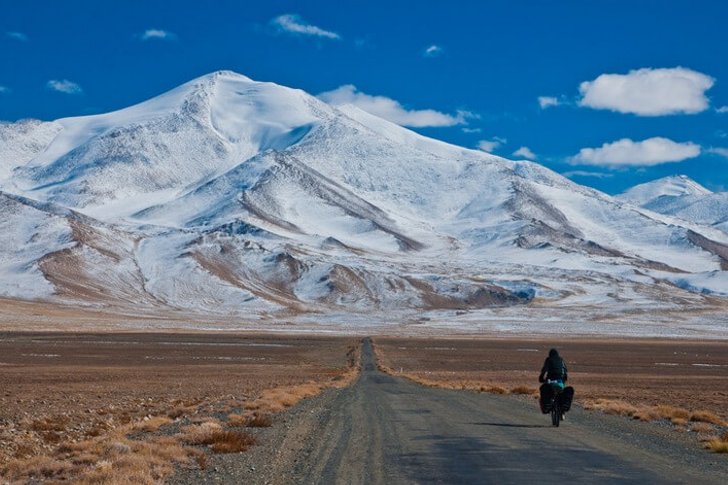Tajikistan is a small Central Asian country located in the foothills of the Pamirs. The real treasure of this state is its natural attractions: the sultry Vakhsh valley, the highest snow-capped peaks of Evgenia Korzhenevskaya and Ismail Samani, the picturesque mountain road Pamir Highway, leading through bottomless gorges and high mountain plateaus, mountain lakes of unique beauty and numerous national parks.
People come to Tajikistan not only to conquer the grandiose peaks of the Pamirs. Here, tourists are waiting for interesting eco-routes, laid through the most beautiful places in the country, and acquaintance with the rich Tajik culture. Many traditions are still carefully kept in families. Entire dynasties of craftsmen, embroiderers, jewelers live in the ancient cities of Istaravshan, Kulyab and Khujand.
In the capital city of Dushanbe and in the main tourist places, comfortable hotels are ready to accept guests, in more remote provinces modest family pensions are at the service of travelers. The locals are hospitable and welcome foreigners who want to get to know their homeland better.
What to see in Tajikistan?
The most interesting and beautiful places, photos and a brief description.
Fann Mountains
A mountain junction in the western part of the Pamir-Alai mountain system. Here, turquoise and emerald lakes, glaciers and turbulent rivers appear to the tourist. Thanks to good transport accessibility (you can get there from Samarkand), the Fann Mountains are a popular destination for hiking, eco-recreation and extreme sports.
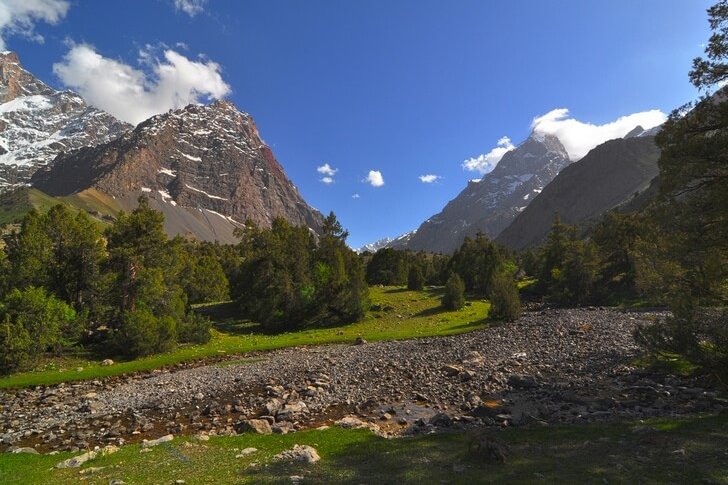
Lake Karakul
The largest natural reservoir in Tajikistan and the largest lake in the Eastern Pamirs. It is located at an altitude of more than 3 km above sea level. In winter, an ice crust with a thickness of more than one meter forms here, and in summer the water temperature does not exceed 12 ° C. The lake is located in the incredibly beautiful, but rather remote Gorno-Badakhshan Autonomous District.
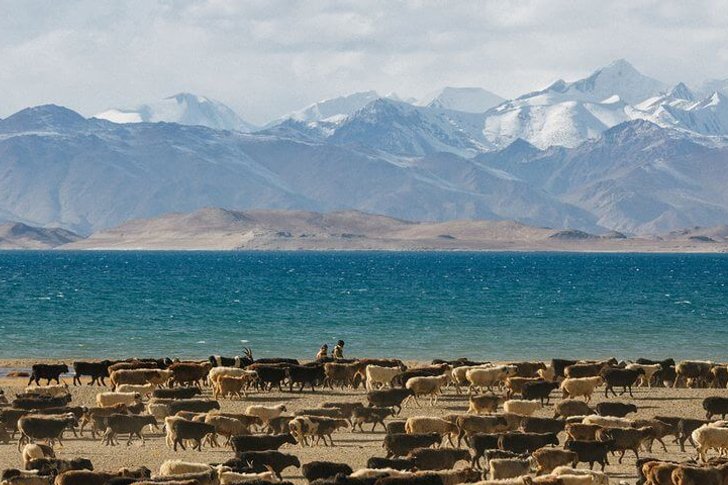
Pamir
A large mountain system of Central Asia, part of which is located in Tajikistan. The name is translated as "roof of the world", "foot of the bird", "foot of death". Three mountain peaks over 7 km high. on the Tajik territory: Ismail Samani Peak, Ibn Sina Peak, Korzhenevskaya Peak. There are many glaciers and eternally snow-covered ridges in the Pamir mountain system.
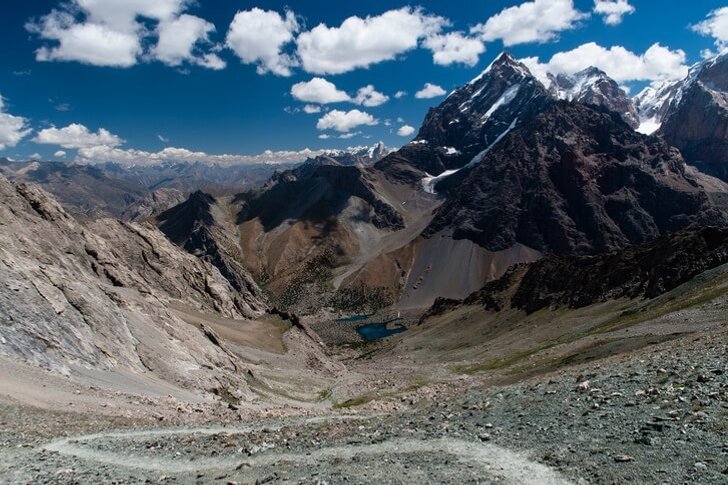
National Museum of Tajikistan
Located in Dushanbe, it contains several thematic departments: ancient and medieval history, modern history, arts, nature. Expeditions are constantly organized under the guidance of the museum, as a result of which the collections of exhibits are replenished. The museum building, built in the Baroque style, is of architectural value.
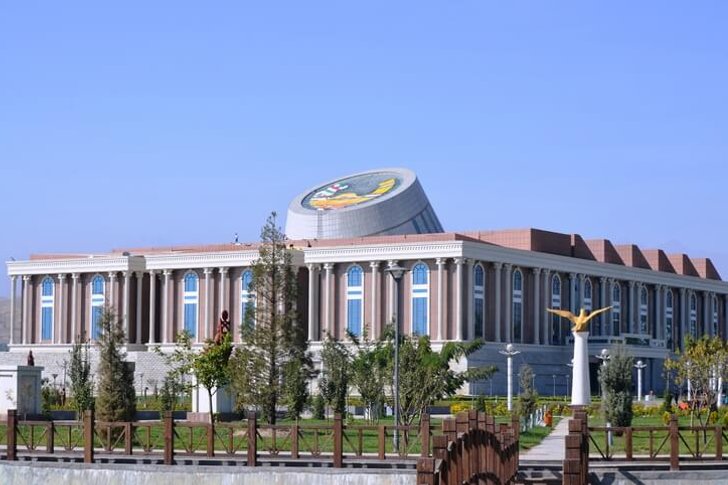
Flagpole Dushanbe
A structure next to the Palace of Nations in Dushanbe, on which the national flag flies. It attracts attention by the fact that it is the highest flagpole in the world. The height is approximately 165 meters. The main structural elements were created in Dubai and finally assembled in the capital of Tajikistan in 2010-2011.

Monument to Ismail Samani in Dushanbe
A monument erected in honor of Emir Abu Ibrahim Ismail ibn Ahmed from the Samanid dynasty. This ruler founded a large and strong state in Central Asia with its capital in Dushanbe. The monument was erected in 1999 in honor of the celebration of the 1100th anniversary of the Samanid state. The design looks representative and is decorated with rich finishes.

Hissar fortress
Remains of a building that is over 2500 years old. The well-preserved gates were built in the 16th century by one of the Bukhara emirs. Previously, the fortress was the residence of the rulers. The thickness of the fortress walls was more than 1 meter, in the courtyard there was a swimming pool and a garden. In addition to the gate, fragments of walls and some buildings have survived to this day.

Khujand fortress
Located in the city of Khujand. Its history is connected with the struggle of local peoples against the hordes of Genghis Khan. For the siege of the fortress, the great khan sent 75,000 people. After the defense fell, the building was destroyed by the Mongol army, and for several centuries no one remembered the ruins. In the 16th century, the fortress was restored and became the residence of the local ruler.
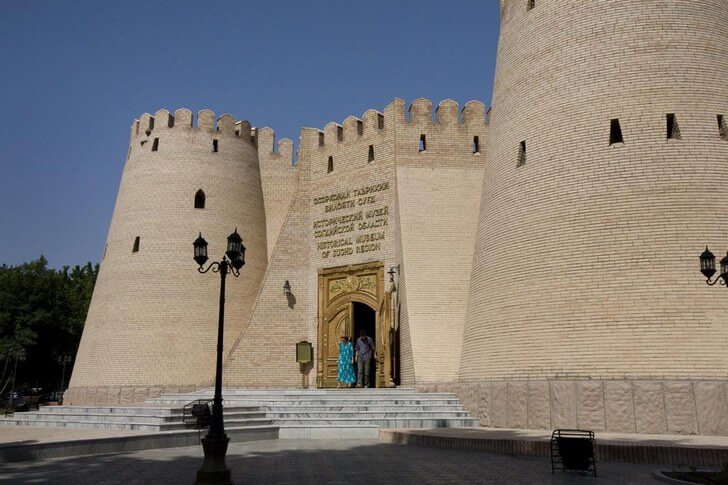
Ajina Tepa
The area where the Buddhist monastery of the 7th-8th centuries was found. as a result of excavations in 1961. A few years after the start of work, a huge clay Buddha statue was discovered in one of the corridors, which is recognized as the largest in Central Asia. The name "Ajina-Tepe" is translated as "hill of evil spirits" or "devil's hill".
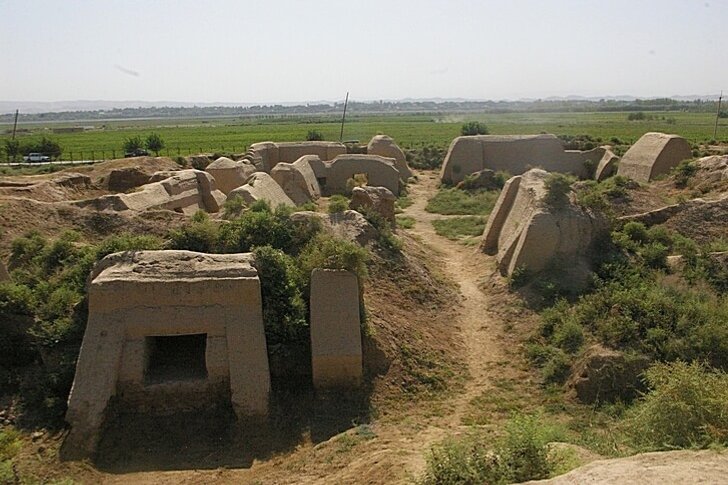
Sarazm
An ancient settlement dating back to the 4th-2nd centuries. BC. An important historical monument of the World Heritage, included in the UNESCO lists. Sarazm was discovered in the 70s. XX century. As a result of excavations, many well-preserved buildings, household items and tools were found.
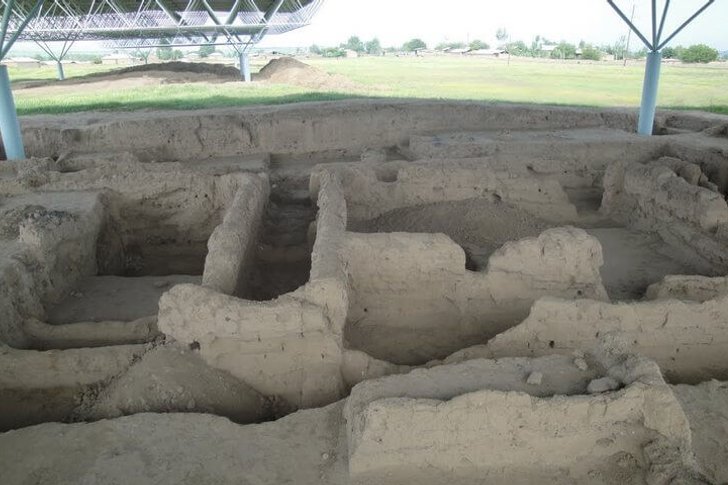
Tajik national park
Created to preserve the unique nature of Tajikistan. The area of the park is about 2.6 million hectares, it includes the central part of Pamir-Alay, Gorno-Badakhshan Autonomous District, Tavildara and Jirgatala regions. This place is popular among tourists who prefer eco-rest and admiring nature.

Mountain lake Iskanderkul
It is located in the Fann Mountains at an altitude of more than 2 km. above sea level. This body of water is called the heart of the Fann Mountains. One of the legends says that Alexander the Great passed here with his army, and here he lost his beloved horse. The lake is named after the great commander (in Asia, Alexander is known as Iskander).
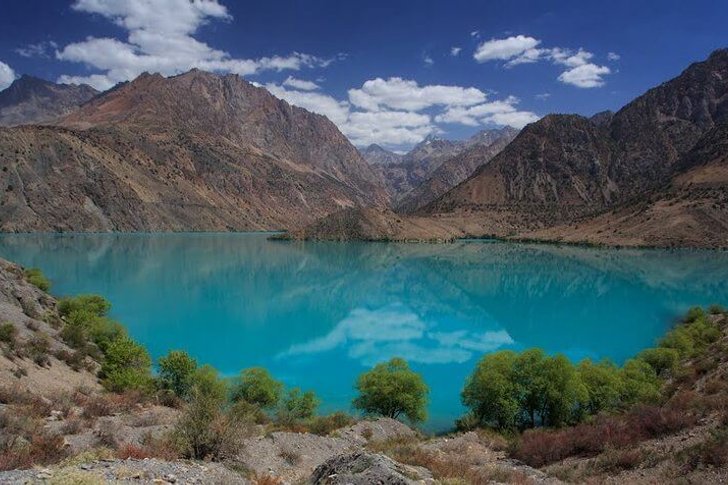
Kairakkum reservoir
An artificial reservoir created in the middle of the 20th century for economic purposes, which was nicknamed the "Tajik Sea". Many commercial fish live in the reservoir, several species of migratory birds nest. An excellent infrastructure has been created here - sanatoriums, recreation areas, and children's camps have been built.

Sarez lake
Appeared as a result of the earthquake in 1911. A large section of the Muzkolsky Range collapsed, forming a deep gorge underneath. This gorge was instantly filled with the waters of the Murghab River. So the youngest lake on the planet appeared. Unfortunately, more than 100 people died as a result of these natural changes.
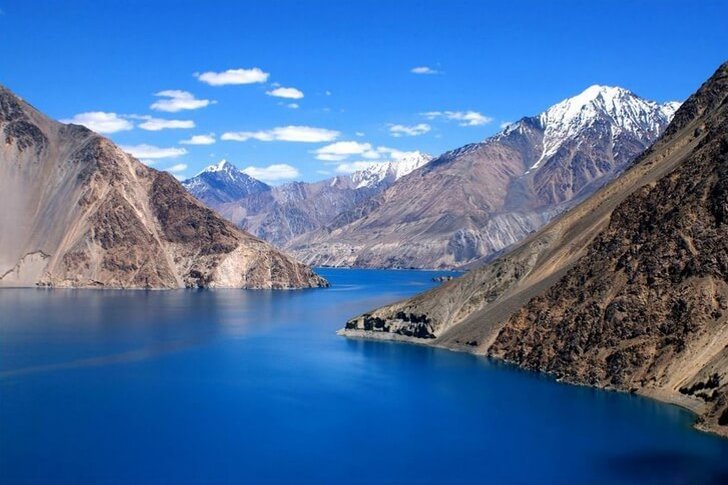
Hot Spring Garmchashma
Healing mineral spring on the slope of the Shahdarya Range. In the middle of the 20th century, a hydropathic facility was built at the place where the waters came out, which still functions today. Until the end of the 19th century, the locals worshiped the spring and set up small altars where the waters came to the surface.
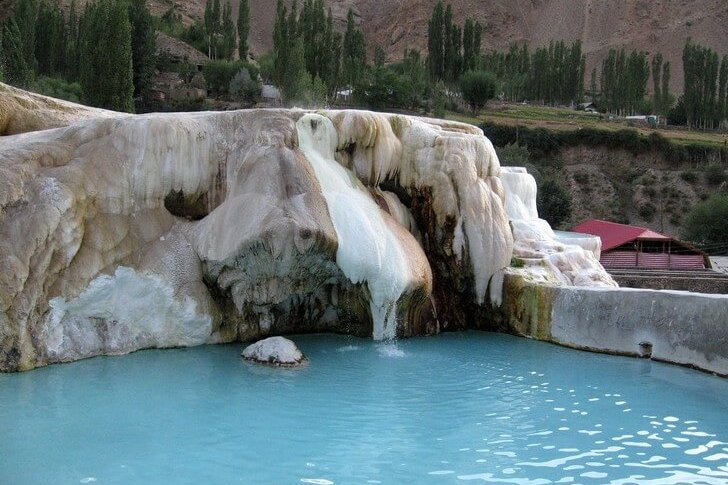
Pamir Highway
An alpine road connecting the Tajik city of Khorog and the Kyrgyz city of Osh, approximately 700 km long. It is one of the most scenic highways in the world, winding through plateaus, bottomless gorges, "Martian plains" and inhospitable mountain deserts. Many auto travelers dream of driving along this tract.
